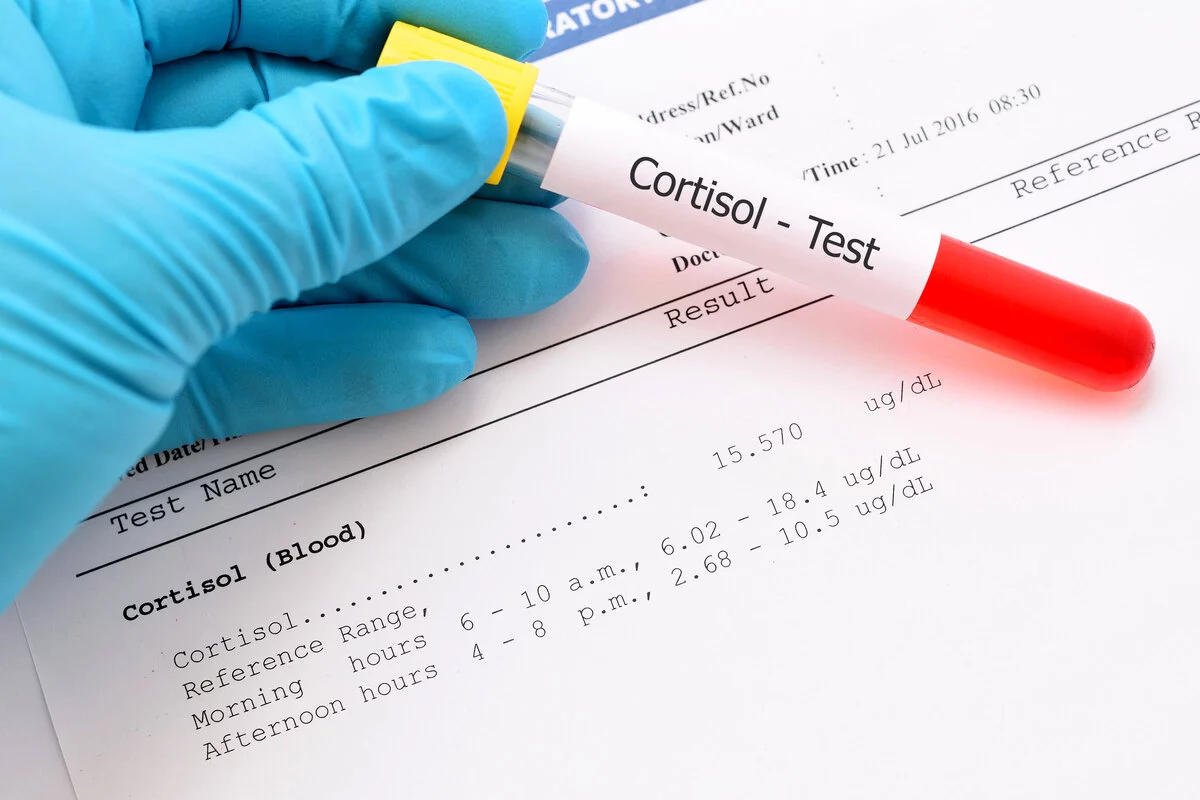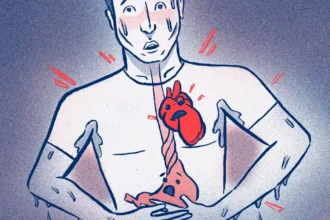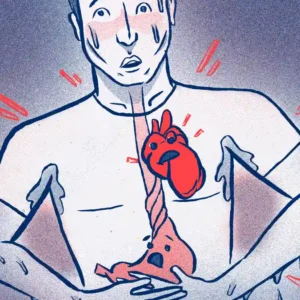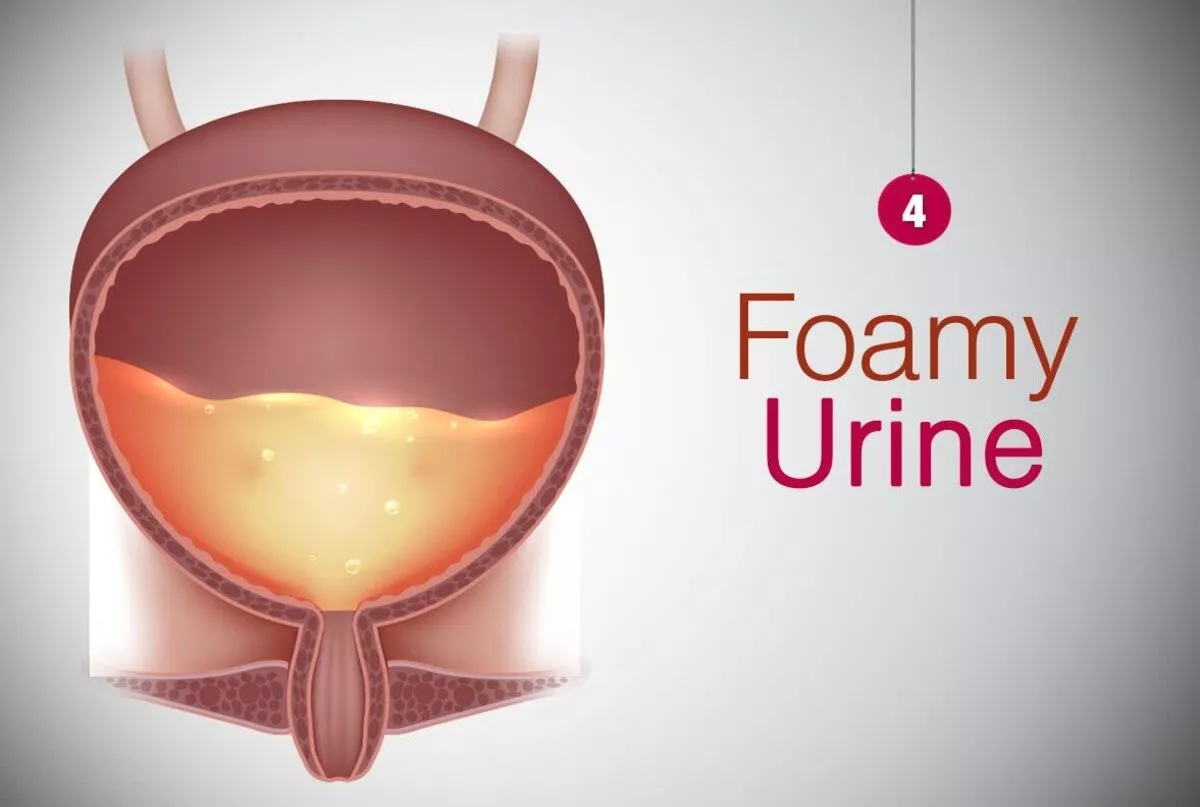People are becoming increasingly interested in understanding and maintaining their health, with many turning to scientific research for insight. One particular hormone, cortisol, has gained significant attention. Specifically, the measurement of “late night salivary cortisol” offers an intriguing insight into the diagnosis and management of a disease known as Cushing’s disease. Welcome aboard as we dive deeper into this fascinating subject!
The Stress Hormone of Cortisol
Firstly, let’s unmask cortisol. Being primarily produced in the adrenal glands, cortisol acts as the body’s built-in alarm system. Often dubbed the “stress hormone”, it plays a vital part in many of our body’s key functions. But what happens when these cortisol levels run wild? This is where “late night salivary cortisol” comes into play.
The Science of Late Night Salivary Cortisol
Typically, cortisol levels decrease during the night, reaching their low point around midnight. Wonder what happens when these levels unusually elevate? Well, it signals the potential presence of a condition known as Cushing’s disease.
Linking Cushing’s Disease
Cushing’s disease is a serious medical condition caused by an excess amount of cortisol. And where does late-night salivary cortisol fit in here? Over the years, researchers have learned that measuring this hormone late at night can help in accurately diagnosing Cushing’s disease. To show the importance of accurate measurements that doctors and researchers continually stress is the risk of relying only on one or two late-night salivary cortisol measurements. You might ask because cortisol levels can significantly vary, especially in untreated patients.
The Challenges in Diagnosis
With extreme variations, diagnosis turns into a complex task. Despite the challenges, late-night salivary cortisol is often considered the best early-diagnosis tool. You also might ask if it can sometimes require more tests to confirm the diagnosis, so the answer is absolutely confirmed! Research shows that it may take two, three, or even four successive tests.
A Tool with Limitations
But on the other side of the coin, this method has limitations. Late-night salivary cortisol testing, while generally reliable, may not always signal the presence of Cushing’s disease accurately.
Kennedy’s Research about Late Night Salivary Cortisol
In individuals diagnosed with new, recurring, or persistent Cushing’s disease, significant fluctuations levels have been observed over a span of six months. These fluctuations have, on numerous occasions, led to measures falling within the standard scale, as evidenced by a recent forward-looking research study. Laurence Kennedy, MD, FRCP, who heads the Department of Endocrinology, Diabetes, and Metabolism at the Cleveland Clinic, highlighted the stark volatility of cortisol levels in Cushing’s disease sufferers”.
He emphasized that in recurring or persistent cases of the disease, the levels can normalize more frequently than generally acknowledged. Kennedy and his team meticulously assessed “late night salivary cortisol” samples collected over 42 back-to-back nights between January and June 2014, from 16 different patients with confirmed Cushing’s disease. Notably, the range of the normal was classified as between 29 ng/dL and 101 ng/dL.
The research study comprised patients with new Cushing’s disease who subsequently underwent transsphenoidal surgery, and individuals with recurring or persistent disease. In-depth analysis revealed at least three peaks and two trough occurrences in 12 out of the 16 patients. Interestingly, cyclical fluctuations were noted only in two out of the 16 patients, with intervals between peaks lasting about four days.
For those with recurring or persistent disease, the lowest “late night salivary cortisol” level was undetectable via the assay for five patients and about one-third of readings were within the normal range. More than half of the time, normal measurements were recorded for four patients. Further, two recurrent or persistent patients reported consecutive normal measurements on at least one occasion, two patients experienced six consecutive normal measurements, and one exceptional case showcased 31 consecutive normal levels.
Late Night Salivary Cortisol and newly identified Cushing’s disease
For those suffering from newly identified Cushing’s disease, a common biomarker used to confirm this diagnosis is “late night salivary cortisol”. In six of our recent patients who had at least one standard late-night salivary cortisol reading, the maximum observed levels swayed between 1.55 to 15.5 times higher than the regular limit. Kennedy cautioned of two things:
- “Foremost, it’s important to note that inconsistent cortisol levels in patients with Cushing’s disease do not seemingly correlate with varying symptoms, at least not within the group that we examined,”
- “Secondly, forming conclusions about the effectiveness of potential medical treatments for Cushing’s disease should not rest solely on one or two late-night salivary cortisol readings. This is due to the significant variation that arises in untreated patients.”
- “Finally, accurately diagnosing recurring or persistent Cushing’s disease remains a complex task, even under ideal conditions. While late-night salivary cortisol is currently considered the best method for early diagnosis, it may necessitate more than the suggested two, three or four consecutive tests to confirm this diagnosis.”
In the end, understanding the dynamics of late-night salivary cortisol can be an empowering tool for anyone looking to decipher their personal health makeup. While it’s not a foolproof method, it stands as our best bet yet in diagnosing, monitoring, and treating diseases like Cushing’s.
Read also: Post anesthesia anxiety attacks













